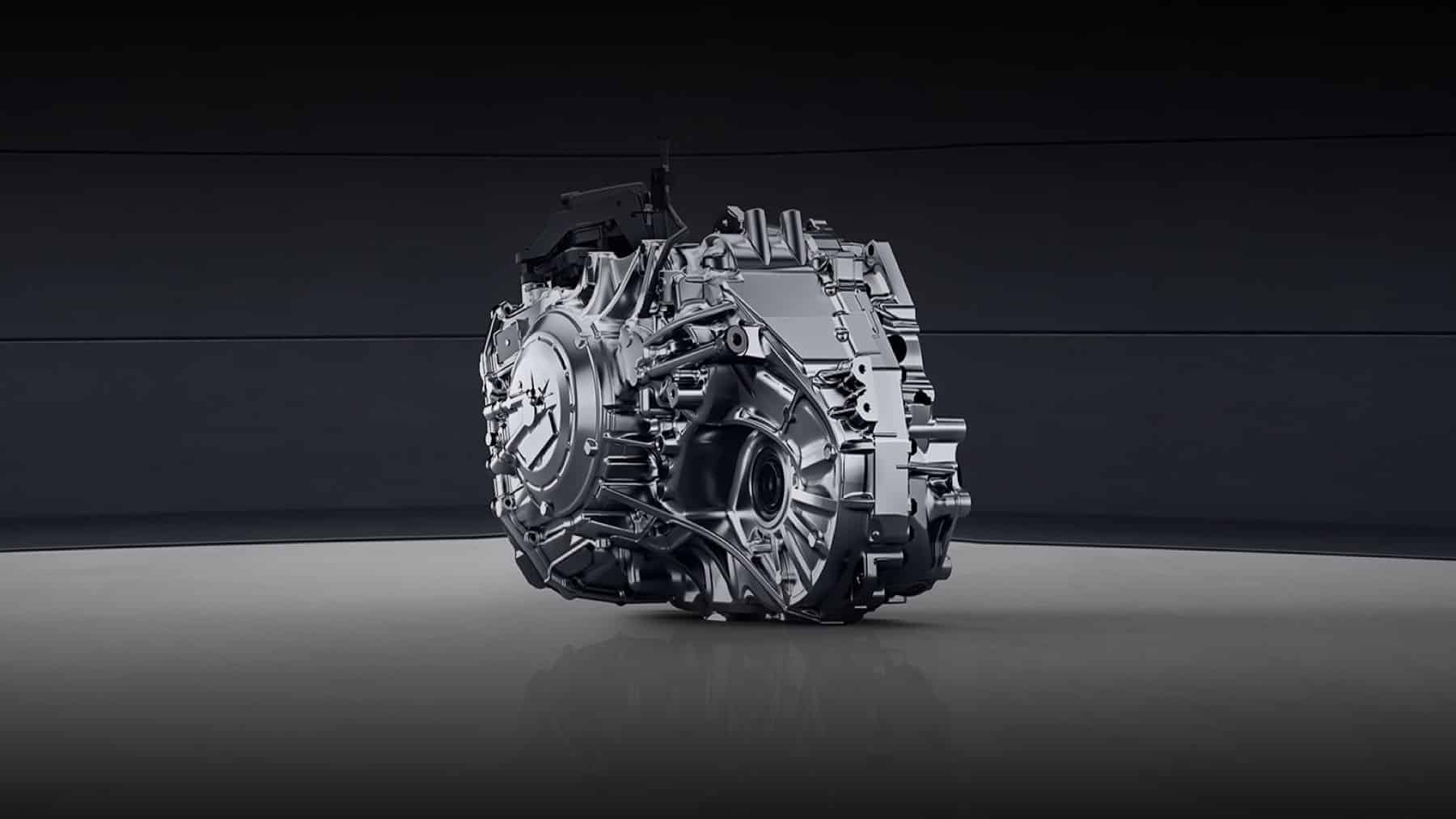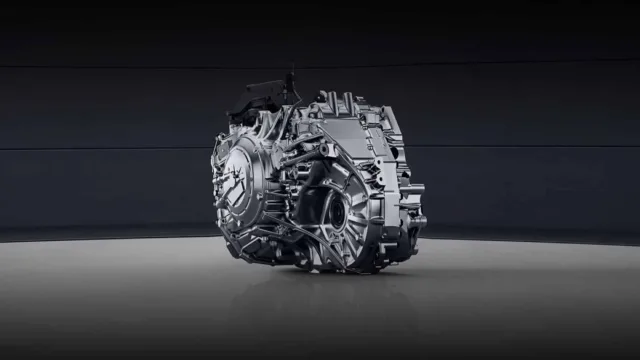
China has just announced a brand new alternative engine, and it’s not what you think it is. Alternative engine solutions have remained the central focus of the automobile world in order to find myriad solutions towards transforming the industry away from the internal combustion engine, which emits harmful carbon emissions and contributes to irreparable climate change damage. While these efforts have largely focused on the electric and hydrogen fuel-cell engine, other niche engine models are also emerging.
Alternative engines continue to gain traction
The alternative engine world has largely been dominated by the production of electric engine technology. With electric hybrid models being the favorite alternative engine type among consumers globally, the majority of all major automobile developers currently provide their consumers with some sort of electric model as part of their selection choice. Thanks to the major advances in battery engine technology, the falling production costs of lithium batteries, and not to mention the ‘Tesla’ effect, electric engines have all but been pinned as the future of the passenger vehicle world is heading towards.
However, despite the popularity of the electric engine, that has not stopped automobile developers from developing other alternative engine types to provide complementary technology (and increase competition). Second in command, the hydrogen fuel-cell engine has also emerged as a growing choice among consumers in the alternative vehicle world. This technology has largely been championed by Japanese automobile developers, particularly by Toyota, which continues to expand its vision of creating a ‘hydrogen-powered society.’
Other recent developments, however, which may stall the advancement of other alternative engine technology, include ground-breaking battery developments, which, if successfully able to be produced at a mass consumer level, will address current consumer concerns regarding the range of battery electric vehicles. If this range can be extended, many more consumers will be convinced to take the plunge and invest in an electric vehicle.
China unveils this brand new unlikely engine
In a surprise move, Chinese multinational automotive conglomerate Zhejiang Geely Holding Group Co., Ltd., commonly referred to as Geely Holding, recently announced that it successfully tested its first methanol-powered race car under snowy conditions. The sports car forms part of the automobile developer’s ‘Green Methanol Racing Plan,’ which is intended to bring sustainable methanol technology to motorsports.
The methanol-powered vehicle has the following features:
- Geely’s self-developed Aurobay-DHE20TDM methanol engine.
- Fully compatible with M100 methanol fuel.
- Meets China’s National VI-B emissions standards.
- Thermal efficiency: Exceeds 46%.Compression ratio: 15:1.
On top of their motor racing ambitions, Geely also plans to bring methanol engine technology to their passenger vehicles by creating hybrid electric-methanol engines. Regarding their motorsport plan, however, the Chinese automobile developer plans to introduce to the world a fleet of methanol-powered race cars in the new energy category of the “Geely Super Cup PRO” series in 2026.
Is the end of the internal combustion engine possible?
While initiatives like Geely’s methanol engines, as well as other alternative engine efforts from automobile developers, internal combustion engines still vastly outnumber alternative engines globally. This is largely because supporting infrastructure for alternative engine vehicles is not as widespread compared to gasoline-powered vehicles, as well as because many of these alternative models remain in a price point comparable to a luxury vehicle, making them financially inaccessible.
For the world to truly embrace alternative engine technology, considerable efforts need to be made by stakeholders and governing authorities to scale up supporting infrastructure, and continued investment into this technology is needed. Additionally, in order to prioritize a sustainable world, travel options must also not be limited to private passenger vehicles, with an increase in public transport and encouraging ‘walkable cities’ will all contribute towards creating a carbon-neutral world.
Disclaimer: Our coverage of events affecting companies is purely informative and descriptive. Under no circumstances does it seek to promote an opinion or create a trend, nor can it be taken as investment advice or a recommendation of any kind.
Source: eldiario24.com









